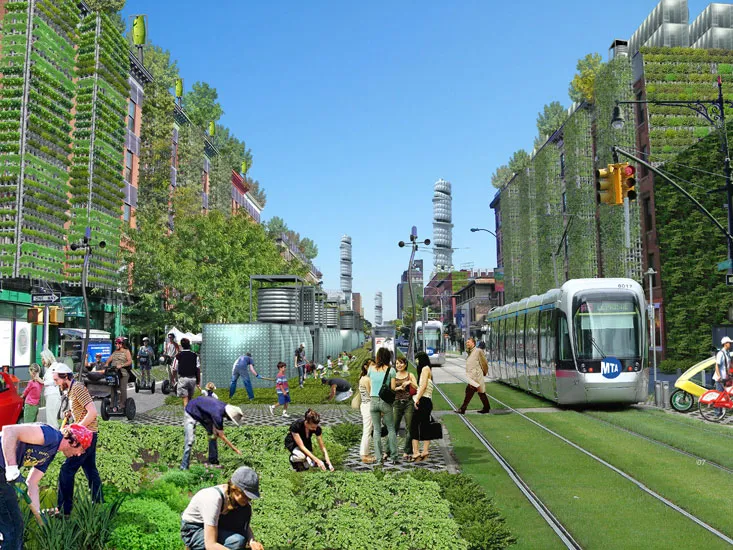There’s no question that the current state of our energy landscape is concerning. With exponentially rising fuel prices, the threat of blackouts in Europe due to reliance on Russian natural gas, and the worldwide effects of climate change, it’s easy to wonder whether significant change can come soon enough. We simply cannot continue in this manner. Thankfully, there have been many new and promising developments in energy technologies.
With a global push to move away from traditional sources of energy and instead towards renewables, what could our future cities look like – and how can we get there? Hydroelectric power is a well-known type of renewable energy, and many of the largest dams around the world can generate large amounts of energy. The largest dam in the world, the Three Gorges Dam in China, can generate 88.2 billion kilowatt-hours annually.
For comparison, the entire country of Australia consumes 229.4 billion kilowatt-hours every year. Innovations in large dams are still being made, with power-generation records being broken yearly. But large scale dams, as effective as they may be in generating massive amounts of power, are not realistic in every part of the globe. What may work in the lush forest landscapes of China isn’t easily transferable to the deserts of Australia, and so there still must be a push for varied and diverse forms of renewable energy.
Solar energy is perhaps the most recognizable form of renewable energy, as more households and commercial buildings install solar panels to offset the cost of traditional power sources. Still, the initial installation cost may deter some, even with probable long-term savings. This is where a new form of solar technologies comes – building-integrated photovoltaics (BIPVs). BIPV can be seamlessly integrated into the building, such as in a roof or windows. This way, builders can save on the cost of building materials and solar panels by combining the two and potentially even create net-zero-energy buildings.
Finally, as advancements continue to be made in harvesting and harnessing renewable energy, storage technologies also need innovation. The traditional chemical battery, which now powers most of our electronics, is one of the ways energy is stored. However, with short lifespans, dependence on scarce earth elements, and the risk of decay leading to environmental contamination, it’s clear it’s time for a new contender. Kinetic energy storage solutions may be the answer – rather than using rare materials and hazardous chemicals, these devices utilize materials such as steel. Amber Kinetics, the global leader in kinetic energy storage, has developed the flywheel to enable an efficient and environmentally safe solution. With so many innovations in the energy sector, it’s time for the world to take notice.



